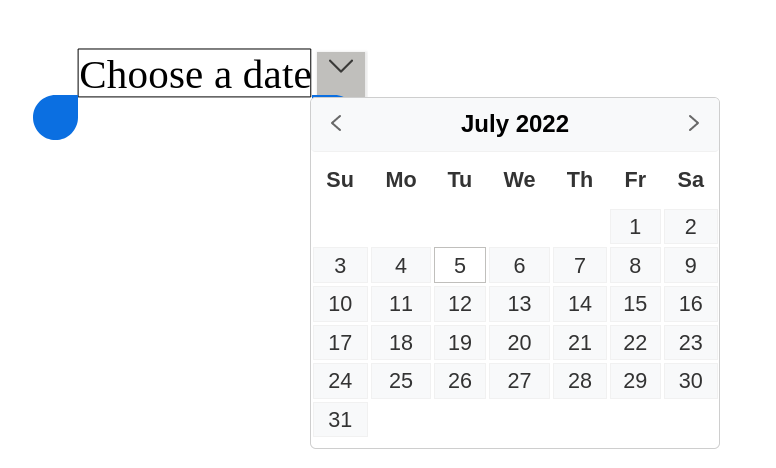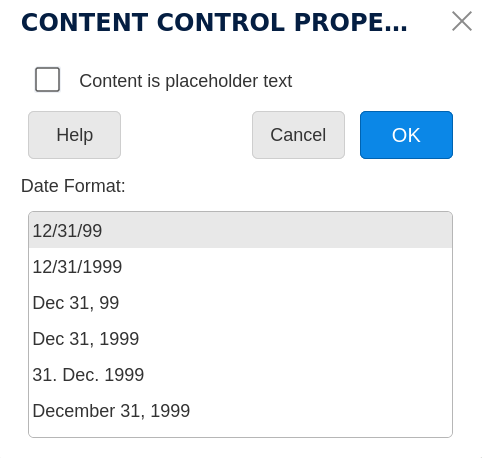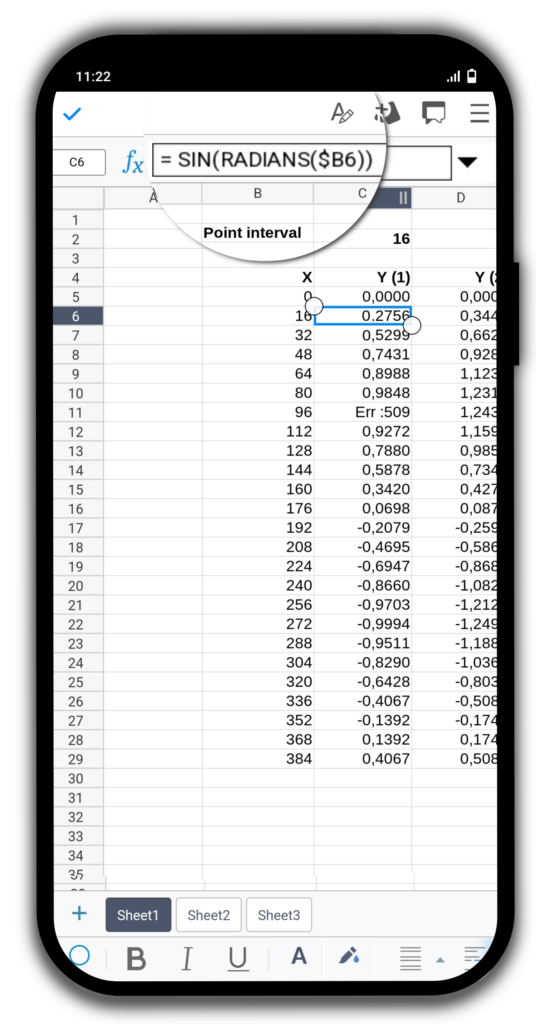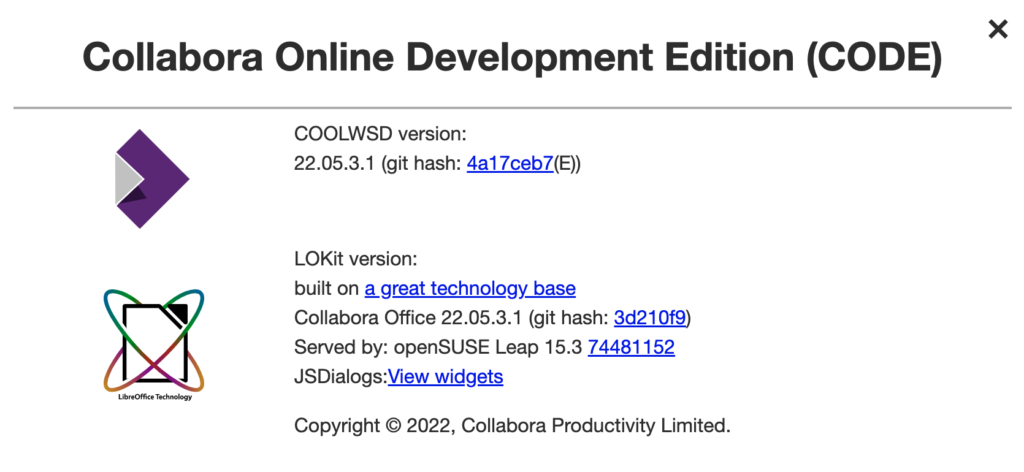
This New Major Release Brings Grammar Checking, Giant Spreadsheets and Performance Wins
Cambridge, June 29, 2022 – Collabora announces the availability of Collabora Online Developer Edition (CODE) 22.05. The latest major release targets three key areas: ease of use, performance, and interoperability. It demonstrates the company’s mission of being the technology leader in collaborative editing. Collabora Online businesses the most effective and secure document creation environment with dedicated support and depth of development horsepower. CODE 22.05 is preceding the next major release of our long-term supported business suite Collabora Online. This free developer version includes all features and enhancements that will be available in our enterprise version, expected later in July. The CODE releases allow every interested user to learn and test new features on an early stage. As always, your feedback on possible issues is much appreciated! CODE is the collaboration suite offering home users and early adopters the best features, interoperability in open source, while respecting user privacy and data security. In this announcement, we are showcasing some of the latest functionalities added to Collabora Online.
Using Grammar and Style Checks in the Browser
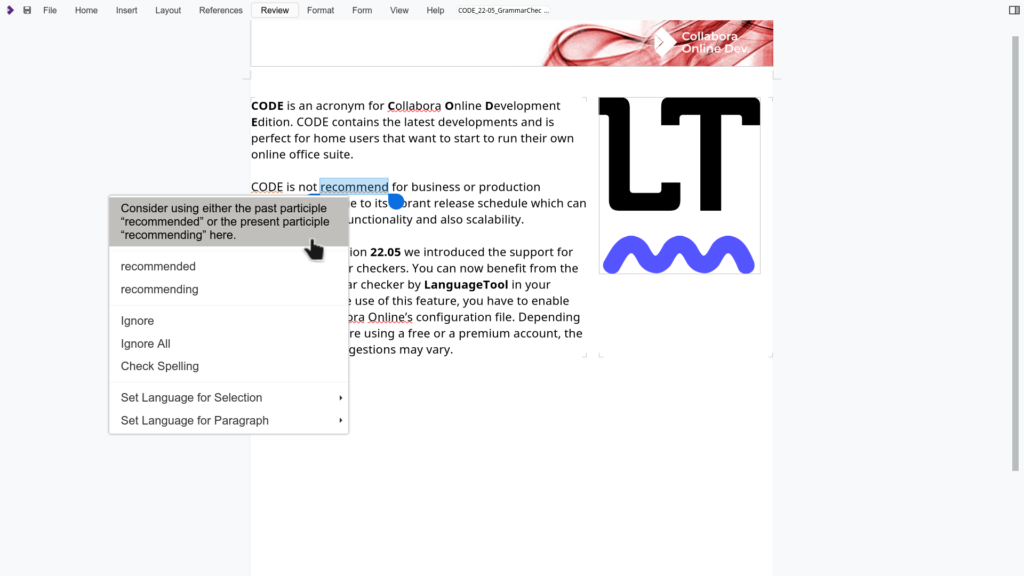
Starting with version 22.05 we introduced the support for external grammar checkers. You can now benefit from the style and grammar checker by LanguageTool in your browser. To make use of this feature, you have to enable this inside Collabora Online’s configuration file. Depending on whether you are using a free or a premium account, both the quality and amount of the suggestions may vary. We would like to express our gratitude to Nicolas Christener and his wonderful team at Adfinis for making this great feature a reality.
“Jumbo Spreadsheets” with 16k Columns in Calc

Collabora Online does now support up to 16384 columns in spreadsheets. This is a sixteenfold increase in the maximum number of columns compared to previous versions. Previously, Calc would display an error message on opening large sheets that exceeded 1024 columns. Combined with up to one million rows per spreadsheet, Calc can now handle enormous amounts of data on the right hardware. Previous performance improvements in Calc paved the way for this feature, which also increases the interoperability with Excel spreadsheets from Microsoft. This work was funded by DEVxDAO as part of their mission to support open-source and transparent research and development of emerging technologies and frameworks.
Sparklines Now Available for Calc

Sparklines are mini-charts found in Microsoft’s XLSX format. The support for them premieres with the release of Collabora Office 22.05. Sparklines are always defined for one cell, but different ones can be grouped together. There are three different ways of displaying Sparklines. They can be displayed as lines, bar charts or stacked as win-loss charts. The Sparklines feature can be accessed through the right-click dialog. The unique data for a Sparkline is defined in the data range.

This feature was made possible by funding from NGI and the European Union’s Horizon 2020 research and innovation programme under grant agreement No 871498. For more information on the technical background, see Tomaz Vajngerl’s blog.
Webp support available for all types of documents
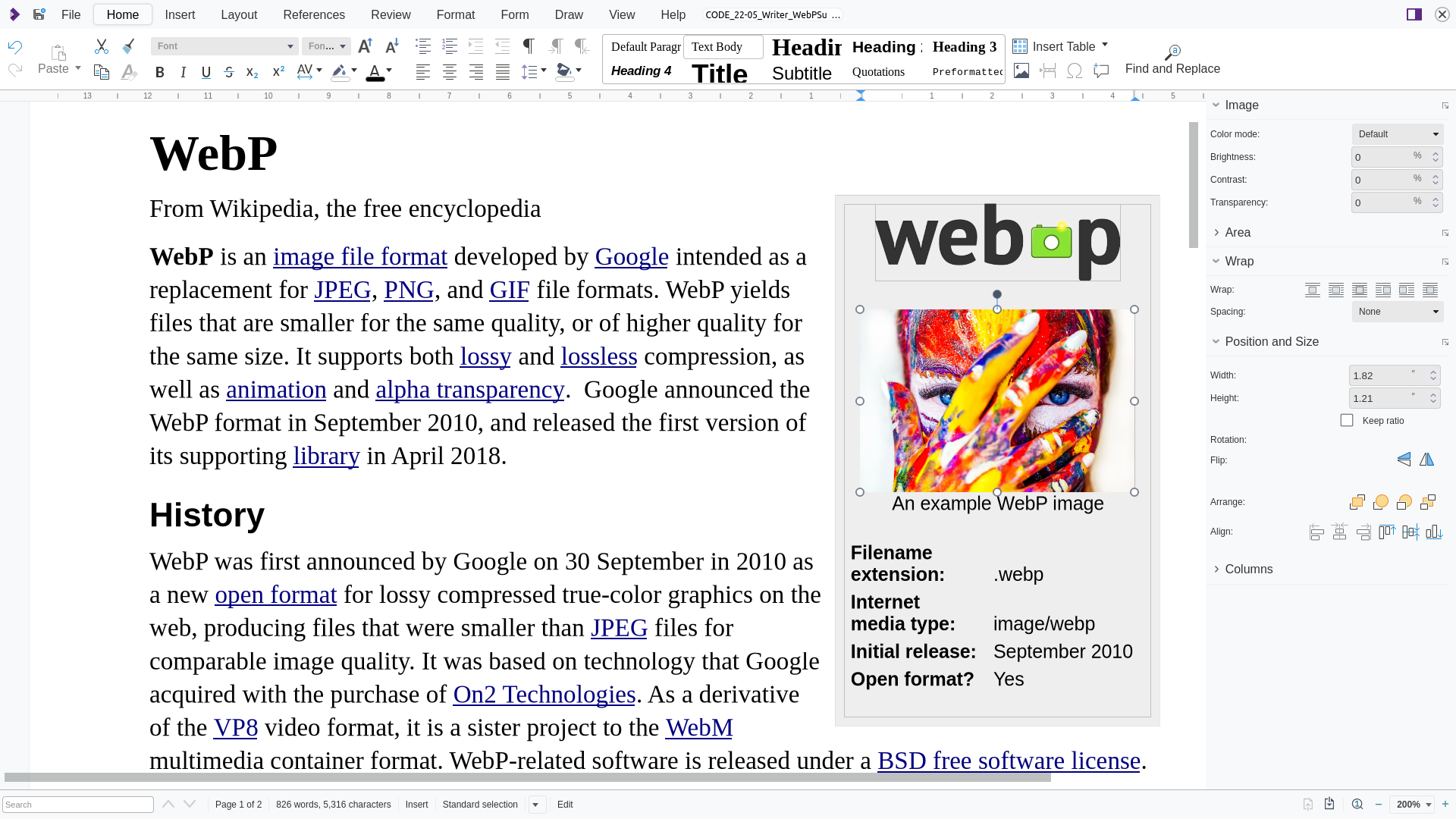
WebP is a graphics format for lossy or lossless image compression. It can be used for both static and animated images and is also supported by the vast majority of modern browsers. The current version of CODE now allows for importing images in WebP format. The graphic format can now be used in all document types, i.e. in text documents, spreadsheets, presentations as well as Draw files.
Content Controls in Writer: Dropdown, Picture and Date Types

Writer now has content controls functionality, a new way to set properties on a piece of text, primarily for form filling purposes. This feature improves compatibility with the DOCX format. There are now five types of inline Content Controls that can be imported and added to Collabora Online. Writer had already included form controls and fieldmarks, providing similar features. However, there are some differences in their behaviour. Among other differences, Content Controls can contain rich text and a set of properties. Instead of fieldmarks, they can’t span over different paragraphs. Here is a small summary of the capabilities of the new Content Controls.
- Rich Text Content Controls simply show an indicator when you’re inside the content
- Checkbox Content Controls contain a single character, but you can interact with them: clicking on the content control toggles the checked state of the checkbox
- Dropdown Content Controls have a list of dropdown items. Each item is a display-text and value pair, allowing to differentiate between a human-readable string and a machine-readable value.
- Picture Content Controls allow the author of a form to pre-format the image before the filler of the form inserts the actual image.
- Date Content Controls were emulated with Writer fieldmarks in the past, which created trouble during export, since Word itself doesn’t have a date form-field.

This feature has received funding from the European Union’s Horizon 2020 research and innovation programme under grant agreement No 871498. For more information on the technical background, see Miklos Vajna’s blog post.
New Formula Input Bar with Pure HTML

We continue working in the conversion of various UI components in Collabora Online to “native” HTML widgets. This helps to get better user experience, especially on touch and mobile devices. This time we have converted the formula bar which is used to edit data in cells inside a spreadsheet.
Previous “tunnelled” approaches had some disadvantages like a blurry look under some conditions and a cursor position setup depending on pixel-based coordinates. Now the edit field is rendered by the browser, ensuring a crisp display of text under all circumstances and resolutions. The position of the caret is represented as a logical value and also handled by the browser. This adds a lot of benefits to the user experience. It has now become much easier to type into the formula bar, especially on touch devices.
Bandwidth wins and improved performance with Deltas
Previous versions of Collabora Online have managed documents as a series of tiles, when a tile is invalidated by its contents changing, new tiles have been compressed and sent. Interestingly this cost usually outweighed all other rendering and managing of document content. In this version we adopt a simple time-based compression – whereby for actively changing tiles we send the user a small set of changes since the last tile. Thus if you type a ‘period’ we can generate a tiny compressed change for just those pixels. This gives up to a 75% bandwidth saving depending on your workload – as well as saving CPU time. We also have laid the foundation for switching to a far faster zstd compression library in the 22.05 lifetime to save yet more CPU cycles and serve more users from the same server hardware.
Accessibility Check Helps to Create Documents According to the PDF/UA Standard

The current version of CODE includes a new Accessibility Checker. This helps to create documents according to the PDF/UA standard. Published as an International Standard in 2012 (ISO 14289), the PDF/UA format provides clear normative terms for achieving accessibility in the PDF format. The goal is to enable users to use documents without assistance from others, and to be able to receive the same value from the content as people without disabilities. This is accomplished by standardization of the content structure within the PDF files and the technology capabilities available to the end user, including PDF readers and assistive technologies (AT).
The Accessibility Check is part of the first step in an ongoing journey to improve accessibility, both in Collabora Online (Browser) and Collabora Office (Desktop). The Accessibility Check button can be found in the Review tab. The dialog shows a list of all issues found in the text document. Through a quick access button, it is possible to access the critical element. The issue is highlighted. See this article for more details on the already implemented checks.
Faster Rotation of Bitmap Graphics

The rotation of bitmap graphics has undergone a significant speed improvement. When rotating graphics via the button (the slightly off-set filled circle above a selected graphic), the movement is now much smoother and easier to position. This improvement makes manipulating bitmap graphics much more comfortable. Here’s how you can try it for yourself. Select a bitmap graphic by clicking on it. Move the cursor to the grey circle above the graphic. The cursor now changes into a palm. Now move the palm cursor to the right and left as you wish while holding down the left mouse button.
Dynamic Configuration of Multiple Hosts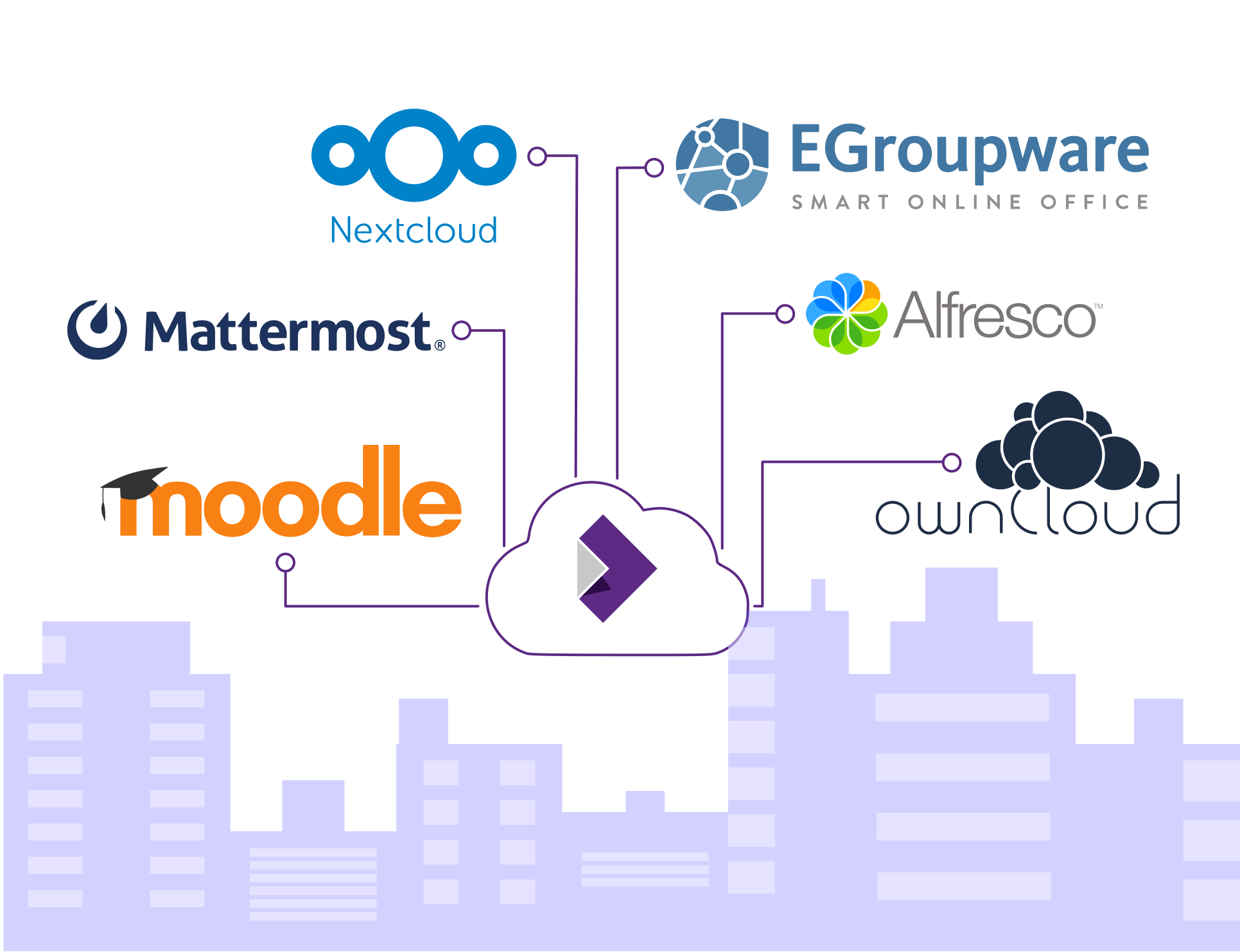
Collabora Online uses a WOPI-like protocol to interact with hosts who want to integrate Collabora Online. The improved admin configurations allow for multiple WOPI hosts with multiple aliases. This means you can use a single Collabora Online server with different software integrations at the same time. It is also possible to manage these hosts dynamically without a server restart. This makes Collabora Online much easier to deploy and configure, particularly when scaling to integrate with large numbers of different services. All of this saves cost and reduces management complexity, making this feature especially interesting for hosting companies. We have summarized the technical background information on Multihost Configuration inside our SDK documentation.
LibreOffice Technology
CODE and Collabora Online are built with LibreOffice Technology by the LibreOffice community in which we love to participate. We cannot thank everyone involved enough for their passionate work.
About CODE
CODE is the Collabora Online Development Edition. It contains the latest developments and is perfect for home users. It enables them to regain control of their own online documents and to host them themselves in a secure and private environment. For tech-enthusiasts, it is a low-threshold way to get involved and familiar with our online office solution. CODE will be improved continuously and our next supported and maintained Collabora Online product will be built from it. The code is available on GitHub.
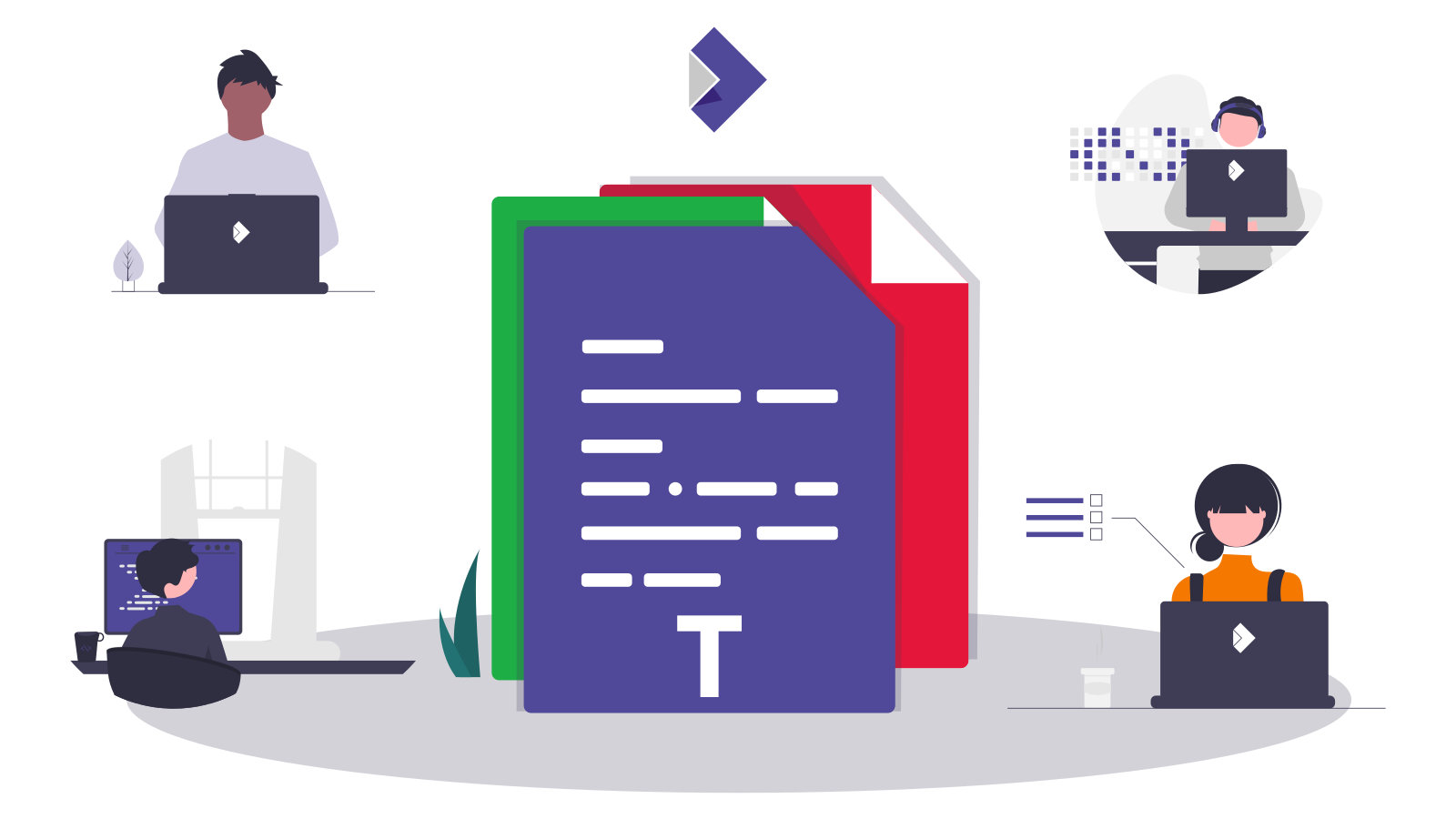
Open Source – so feel welcome to join
Before we conclude with some final improvements and news, we really want to let you know about all the people that did the hard work. Thanks to the community that made this release possible! Collabora has invested significantly in bringing a host of new features and functionality to this latest release, and accounts for the overwhelming volume of contributions. However, we want to acknowledge all of our friends and colleagues who helped to contribute not only to this, but also to the underlying LibreOffice technology. All of our code is open source, and available to the public on GitHub. Would you like to be part of the Collabora Online success story? Check the new website for Online with information, easy hacks and a forum for Online, report issues, and participate today!
